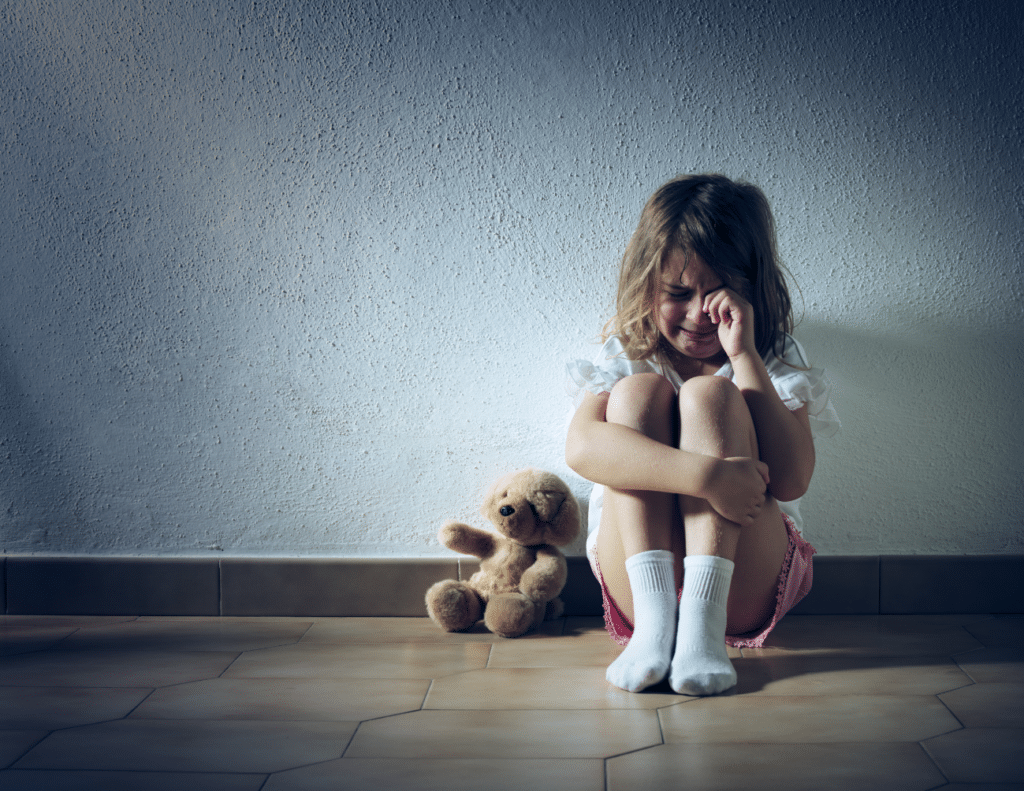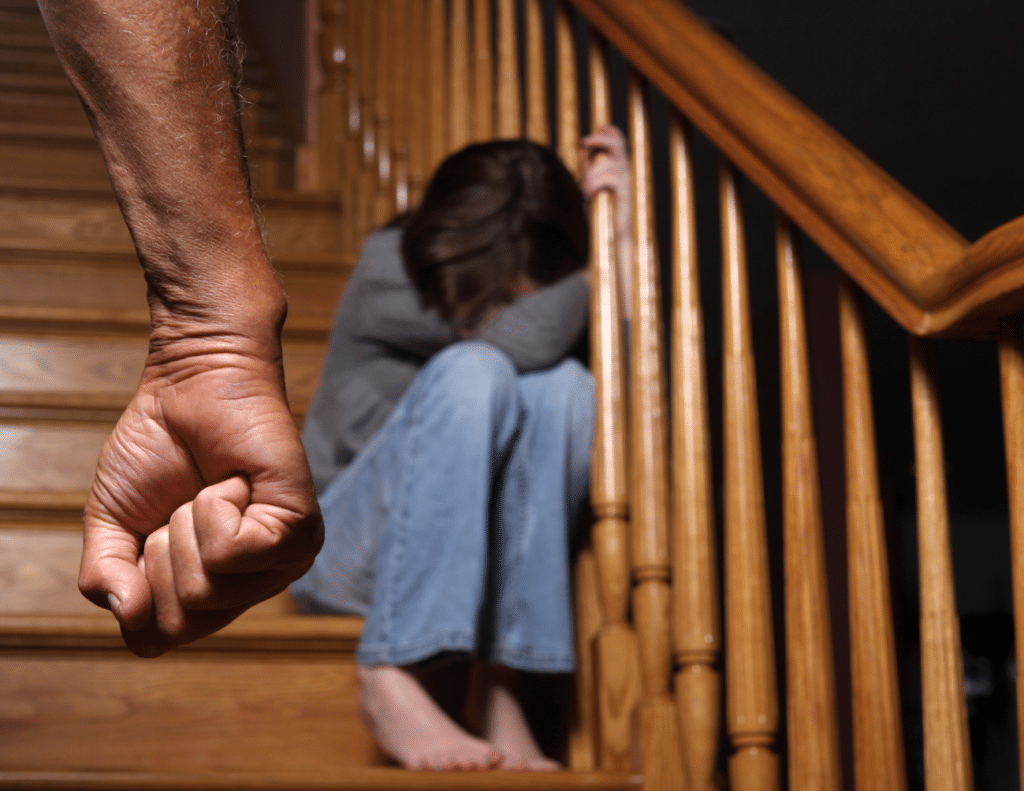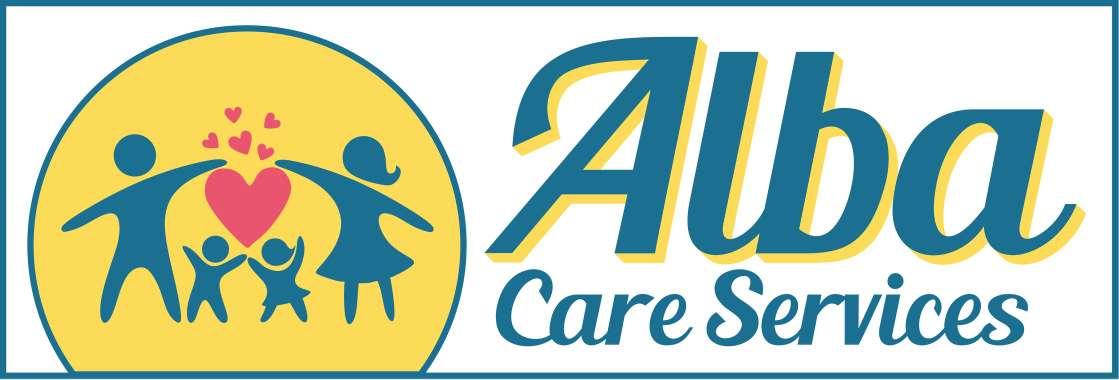In the heart of the foster care system, designed to protect the most vulnerable, lies a harsh reality that often goes unnoticed. Despite the system’s noble intent, abuse cases within foster care are more prevalent than many of us would like to admit. This article aims to shine a light on this critical issue using pertinent foster care abuse statistics, mollifying the voiceless, and sparking a call to action for critical change.

Understanding Foster Care Abuse
When a child is placed in foster care, it’s often a response to situations of abuse or neglect in their family home. Tragically, this doesn’t always guarantee a safer environment. Foster care abuse occurs when children placed under state care—supposedly shielded from harm—experience abuse from their foster families, within group homes, or institutions.
Abuse takes various forms, from physical and sexual, to emotional and even educational neglect. The frailty and innocence of these young lives should demand our unwavering protection, but, alarmingly, the system meant to care for them can sometimes be a source of further trauma.
The Stark Statistics
The scale of the issue is alarming. According to national data, over 670,000 children spent time in U.S. foster care in 2019. In that year, there were nearly 50,000 substantiated cases of child abuse in care, a rate of over 9 per 1,000 children. These numbers are staggering, showing that abuse is not an isolated incident but a systemic failure demanding urgent attention.
Beyond these numbers, the abuse often leads to deep-seated psychological issues, affecting a child’s well-being long into their adult life. Furthermore, data reveals that children in foster care are significantly more likely to experience multiple placements, compounding the stress and instability they face.
Given the current state of the data, it’s important to note that up-to-date statistics on foster care abuse remain a critical yet challenging aspect to precisely quantify due to underreporting and discrepancies in reporting mechanisms across various states. However, it is widely acknowledged within recent studies that children in foster care continue to face an elevated risk of abuse compared to their peers not in the system. Recent findings suggest an alarming continuation of abuse rates, with thousands of reported incidents each year highlighting the urgent need for systemic reform. This scenario underscores the importance of constant vigilance, regular policy updates, and community support programs designed to protect these vulnerable members of society.
Foster care abuse statistics reveal troubling figures:
- Neglect affects over 53% of children in foster care.
- Physical abuse impacts nearly 16%.
- Sexual abuse occurs in 4.4% of cases.
- Parental substance abuse affects almost 30% of these children.
- In 2017, abuse or neglect was confirmed in 9 out of every 1,000 U.S. children.
- 14% of foster care children remain in the system for three years or more.
- In 2019, 48% of new foster care entries were children aged five or younger.
The Ripple Effect of Abusing the Abused
The impact of foster care abuse is far-reaching. For the affected children, it is an irrevocable loss of trust and a violation of the most intimate components of their being. Families are left to pick up the broken pieces, often battling their own traumas and needing support themselves.
For society, the repercussions echo through the years in the form of increased social services reliance, mental health system overload, and a greater propensity for these children to enter the criminal justice system. This toxic cycle is not just tragic; it’s a massive waste of human potential.
Foster children often look to child welfare agencies as beacons of hope, entities that will usher them into environments where their well-being is the priority. Yet, the prevalence of abuse within the system highlights a distressing contradiction. Child welfare agencies, charged with the duty to safeguard the most vulnerable children, must confront this endemic problem head-on. There’s a pressing need for reforms that not only protect children from harm but also provide them with the stability and support necessary to heal from past traumas. This includes addressing the mental health issues that stem from such experiences of abuse and neglect. Establishing robust protocols to prevent abuse, alongside comprehensive mental health support systems, can give these children a fighting chance at a brighter, healthier future.
Your Role in Curbing the Crisis
Awareness is the first step in addressing this harrowing reality. By acknowledging the issue, we pave the way for change. However, change cannot come without collective action. It’s imperative that social workers, legal professionals, and advocacy groups come together to not only push for stricter oversight but also develop preventative measures.
We need to reevaluate foster care policies, invest in better training and support for foster families, and promote mental health resources for the children affected. By standing up for the rights of these children, we not only protect their future but also strengthen the fabric of our society.
Prevention Over Reaction
Preventing abuse should be the goal, and prevention starts with rigorous vetting of prospective foster families, consistent monitoring, and responsive support systems. One approach that has shown promise is the implementation of trauma-informed care, which equips caregivers to cater to the unique needs of traumatized children.
Additionally, the use of technology and data analytics could provide an early detection system for potential abuse. More than intervention, this is about fostering a culture of child safety and well-being that demands the best from all involved.
The Time to Act Is Now
When it comes to foster care abuse, the stakes could not be higher. We are dealing with the welfare of children, a responsibility that transcends bureaucratic complacency and demands immediate and tangible action. Whether through championing policy changes, supporting advocacy groups, or simply spreading awareness, each of us has a role to play in protecting these vulnerable lives.
In facing this challenge head-on, we have the opportunity not just to rectify a broken system, but to create a culture of care that ensures every child is, in truth, safe within its arms. It is a mission that speaks to the very core of our values as a community and a society—a mission worthy of our unwavering commitment.

Frequently Asked Questions (FAQs)
Q: What does the child welfare system aim to achieve?
A: The child welfare system is designed to protect vulnerable children from harm, provide support to families in crisis, and ensure that every child has the opportunity to grow in a safe and loving environment. Its goals include preventing child abuse and neglect, securing foster care for children who cannot safely stay at home, and finding permanent homes for those children awaiting adoption.
Q: How reliable are foster care statistics?
A: Foster care statistics, though valuable for foster care analysis, can vary due to differences in reporting systems across states and agencies. Organizations like the Children’s Bureau and the National Data Archive on Child Abuse and Neglect (NDACAN) work to standardize foster care data, making it as reliable and up-to-date as possible for policymakers and child welfare professionals.
Q: How many children enter foster care annually?
A: The number of children entering foster care fluctuates yearly due to various factors, including changes in child protective services policies and societal issues. However, the AFCARS report provides yearly updates. For instance, in a recent fiscal year, it was reported that over 250,000 children entered the foster care system in the U.S.
Q: What are the main reasons children end up in foster care?
A: Children may end up in foster care for several reasons, including physical abuse, neglect, parental substance abuse, or the absence of a parent. The child welfare system steps in when it’s determined that a child’s safety and well-being are at risk in their current living situation.
Q: How does the foster care system support transition to adulthood for youth aging out?
A: For vulnerable youth and those aging out of the system, programs focusing on education, job training, and life skills are implemented to support their healthy development and transition into adulthood. Federal and state initiatives also aim to provide these youth with resources and guidance for finding stable housing and employment.
Q: What steps are being taken to protect children from abuse within the foster care system?
A: To protect children from abuse within the foster care system, child welfare agencies implement rigorous vetting processes for foster parents, ongoing training, and strict monitoring of foster homes. Comprehensive abuse prevention strategies and fostering a culture of safety and well-being are prioritized to ensure the welfare of every child in the system.
Q: How is adoption from foster care facilitated?
A: Adoption from foster care is facilitated through child welfare agencies that work to identify potential adoptive families that meet the needs of children awaiting adoption. The process includes matching children with families best suited to provide permanent, loving homes, and supporting both the children and adoptive parents through the transition.



